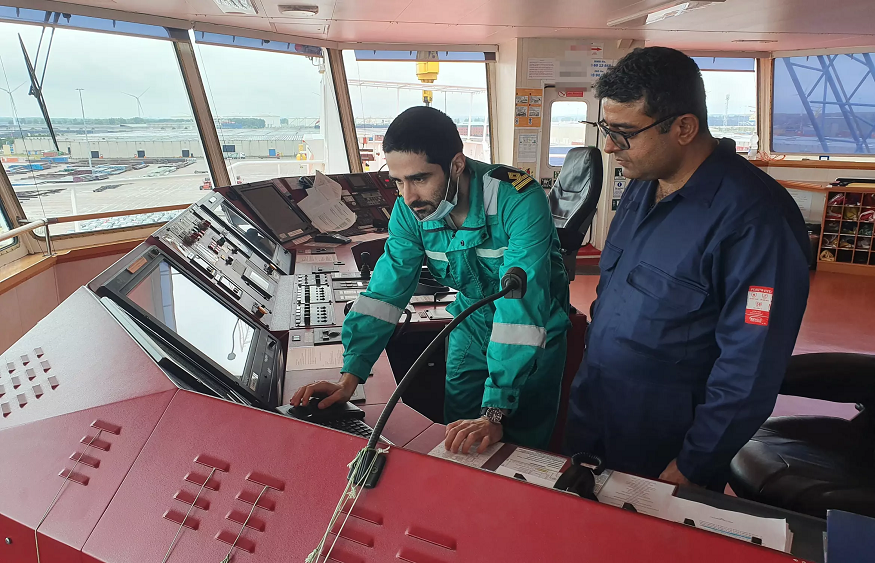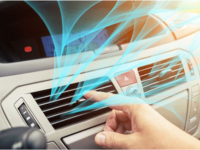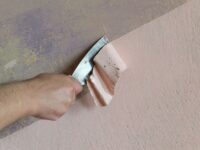The Importance of Regular Marine Inspections

After appalling losses of life in early maritime history, measures to improve sea safety were gradually established. These included better construction, rules to prevent ships from overloading, and equipment and crewing standards.
Various statutes and regulations provide control over equipment design to be used on board vessels. This includes approval of plans, specifications, and inspections during and after construction.
Structural integrity
The structural integrity of a ship is a crucial factor in the safety of sea voyages. Unseen damage to a vessel’s hull can be catastrophic and lead to ocean disasters. Therefore, underwater hull inspections are essential for ensuring maritime safety.
The damage caused by corrosion can be difficult to detect during visual inspections. This is why ultrasonic inspections are used to supplement visual inspections. This technology can identify the extent of surface rusting, pitting, and grooving often missed by visual inspections.
In addition, the Coast Guard could collect additional industry and internal data on potential future retirements of marine inspectors to forecast its workforce needs better. This would enable it to implement a more efficient inspection process by reducing the time frame between surveys for ships at high risk. This could prevent a significant number of delays in the timely completion of maritime inspections, which are essential for the safety of crew members and cargo.
Equipment
The hulls of ships are critical to their seaworthiness, and regular inspections by marine inspection services ensure the hull is sound. However, the equipment on board is equally important and must be inspected regularly to ensure it’s working correctly. Safety equipment like life rafts, bilge pumps, and fire suppression systems help keep mariners safe on board. It’s also essential to ensure that safety equipment is easily accessible and that crew members know how to use it correctly.
Coatings
Corrosion is a natural phenomenon that affects all metal structures, including ship hulls, superstructures, offshore oil platforms, pipelines, and inner-hull tanks of fuel tankers. The direct cost of metallic corrosion is estimated at $276 billion annually. Coatings are essential for safeguarding metal surfaces against corrosion and can considerably prolong their lifespan.
The marine industry uses various coatings, from non-skid to high-temperature systems, allowing quick drying after fuel or chemical spills. These marine coatings must be tough, easy to apply and maintain while on the water, and safe for marine cargo handlers.
These coatings must withstand salty sea air, constant immersion in fresh and saltwater, and dramatic temperature fluctuations. For instance, ballast tank coatings must be surface-tolerant or coal-tar epoxy, resistant to oxidation and corrosion, and compliant with the Safety of Life at Sea (SOLAS) convention requirements for seawater-flushed ballast tanks.
Port State Control
Specially trained officers conduct PSC inspections on foreign ships in national ports to ensure compliance with international conventions on environmental protection and working conditions for seafarers. To avoid delays, these inspections are often regionally coordinated.
Inspectors act professionally during the inspection and can detain any ship they believe threatens safety or the environment. This results in a higher success rate for subsequent PSC reports. 63% of ships inspected exhibit fewer deficiencies after inspection. This approach aligns with the Paris MOU’s inspection coordination and harmonization goals.






